FirstHome First-Time Homebuyer Assistance Programs
FirstHome: How North Dakota’s Flagship First-Time Homebuyer Program Opens Doors
Buying a first home can feel like you’re trying to lasso the northern lights—captivating, yet just out of reach. FirstHome, the signature program of the North Dakota Housing Finance Agency (NDHFA), brings those lights down to earth by coupling low, fixed mortgage rates with down-payment help and buyer education. If you’re eyeing a Bismarck bungalow or a Grand Forks split-level, keep reading: this guide unwraps everything you need to know about FirstHome financing in North Dakota.
Why FirstHome Matters in North Dakota’s Housing Landscape
Housing prices in the Peace Garden State climbed roughly 7 % statewide last year, according to the regional Multiple Listing Service. Wages rose more slowly. That gap is where FirstHome assistance shines. By partnering with 40+ local lenders, NDHFA buys the loans, services them in-house, and passes a below-market interest rate on to qualified borrowers. The result is hundreds of families—teachers, welders, nurses—crossing the threshold of homes they once thought impossible.
- Low, fixed rates. Historically 0.25–0.50 percentage points below conventional offerings.
- 3 % down payments on FHA, VA, USDA, and conventional options.
- Up-front costs financed. Select closing fees can be rolled into the loan.
- Pairable with DCA or Start programs for extra down-payment muscle.
How does the FirstHome program work?
Every NDHFA FirstHome loan starts with a participating lender. Once you apply, the lender underwrites the file just like any other mortgage—reviewing credit, income, and assets—yet follows NDHFA’s specific overlays. After closing, NDHFA purchases and services the loan, meaning you’ll make your payment directly to the state agency instead of a national bank. This structure lets NDHFA price the interest rate aggressively low, because profit isn’t the motive; long-term affordability is.
Borrowers must complete a HUD-approved homebuyer education course before closing. The class costs roughly $75 but pays dividends by covering topics like escrow budgeting, maintenance timelines, and equity building. Final loan terms vary by loan type (FHA, VA, USDA, or conventional), but the unifying theme is affordability for North Dakotans who haven’t owned a home in the last three years.
What are the current income and purchase-price limits?
Unlike “one-size-fits-all” mortgage ads, North Dakota first-time homebuyer program rules hinge on geography and household size. NDHFA updates the limits annually, but the 2024 figures look roughly like this:
- Income caps: $105,900 in most counties; up to $122,000 in high-cost oil-patch areas.
- Acquisition cost caps: $356,362 statewide; slightly higher for new construction.
- Household definition: Any occupant over age 18 counts, even if they’re not on the loan.
Because numbers can shift, confirm today’s thresholds on NDHFA’s official site or with a participating lender before writing that earnest-money check.
Who qualifies for FirstHome?
Eligibility boils down to four buckets: first-time status, income, purchase price, and property type. Here’s the breakdown in plain English:
- First-time buyer rule. No ownership interest in a primary residence within the last three years. Honorably discharged veterans are exempt.
- Income within caps. Household earnings ≤ published limits.
- Home price within caps. Stick to the acquisition ceiling for your county.
- Primary residence only. Single-family homes, condos, townhomes, and certain duplexes qualify if you live there.
Credit requirements and underwriting: flexible but sensible
NDHFA doesn’t set a hard credit score floor; instead, it follows the guidelines of the underlying loan type. Most lenders look for:
- FHA or VA: 620+ FICO
- USDA Rural Development: 640+
- Conventional (HFA Preferred): 660+
If your score sits on the fence, compensating factors—such as a larger down payment or low debt-to-income ratio—may nudge you over the line.
Pairing FirstHome with Down Payment and Closing Cost Assistance
A lower rate is helpful, but cutting the up-front cash hurdle is game-changing. NDHFA allows borrowers to layer:
- DCA (Downpayment & Closing Cost Assistance) up to 3 % of the purchase price at 0 % interest, payable over 10 years.
- Start Program offers a forgivable second mortgage after 10 years of occupancy—effectively free money if you stay put.
- Mortgage Credit Certificate (MCC) for federal tax savings, sometimes worth as much as $2,000 a year.
The agency cleverly refers to these stackable benefits as a “mortgage sundae.” The cherry on top? You can still negotiate seller concessions and gift funds.
A Fargo Teacher’s Journey: A 120-Year-Old Craftsman and a Modern Mortgage
Take Emma Larsen, a middle-school art teacher earning $54,000 a year in Fargo. Renting felt like painting with gray watercolors—uninspiring and forever temporary. In late 2023, she spotted a weathered Craftsman near Island Park listed for $235,000. Friends warned her about student loans and jumbo down payments, but her credit score sat at 712 and she had $6,000 saved.
Emma’s lender slotted her into a FirstHome loan at 5.35 %—0.45 % below the day’s conventional average—and tacked on Start assistance worth $7,050. Her total cash to close was $3,200; her monthly payment beat nearby rent by $118. She now ekes out lesson plans from a sun-drenched breakfast nook, proof that an old house plus a modern mortgage can spark fresh possibilities.
Pros & Cons at a Glance
- Pro: Below-market rates reduce lifetime interest expense by thousands.
- Pro: Layered assistance slashes cash needed upfront.
- Pro: Homebuyer education preps owners for maintenance and budgeting.
- Con: Income and purchase-price caps may rule out higher-priced urban homes.
- Con: Must repay assistance if you sell or refinance early (except forgivable Start funds after 10 years).
- Con: Only available through approved lenders—shopping around is limited.
Action Steps: From Pre-Approval to Keys
- Check eligibility. Compare your household income and target price to current NDHFA limits.
- Pull your credit. Know your FICO and clear any easy disputes.
- Choose a participating lender. NDHFA lists them by city—interview at least two.
- Complete homebuyer education. Online or in-person courses fit busy schedules.
- Gather documents. Pay stubs, W-2s, bank statements, and IDs speed up underwriting.
- Secure pre-approval. Strengthen offers in a competitive market.
- Shop for homes. Remember acquisition caps; a savvy Realtor can filter listings.
- Close and celebrate. Sign, get the keys, post that obligatory porch selfie.
FAQ
Is there a minimum down payment with FirstHome?
Yes. FHA and conventional HFA Preferred loans require as little as 3 % down, while VA and USDA can be 0 %. Assistance can cover part or all of that amount.
What credit score is needed for FirstHome?
Lenders follow the underlying loan guidelines: often 620 for FHA, 640 for USDA, and 660 for conventional. Higher scores unlock better mortgage insurance pricing.
Can I buy a duplex with FirstHome?
Yes, if you live in one unit. The property must be a one- to four-unit primary residence and meet acquisition price limits.
Is there a first-time buyer tax credit in North Dakota?
While no state-specific credit exists, NDHFA’s Mortgage Credit Certificate (if bundled) can offset up to $2,000 of federal tax liability annually.
How long does the homebuyer education course take?
Online versions average six to eight hours; in-person workshops are typically one Saturday session. Certificates remain valid for 12 months.
Your Next Move
If owning a piece of North Dakota land feels like your next chapter, start by asking a participating lender for a FirstHome pre-approval. The process is faster than the spring melt and could place keys in your hand before the next Northern Plains sunset. Ready to write your own success story? Explore lender contact info and updated rate sheets at NDHFA’s FirstHome hub, then put your dream address on the map.
Explore More Blog Posts
Checkout more similar posts those will help you to choose better property.

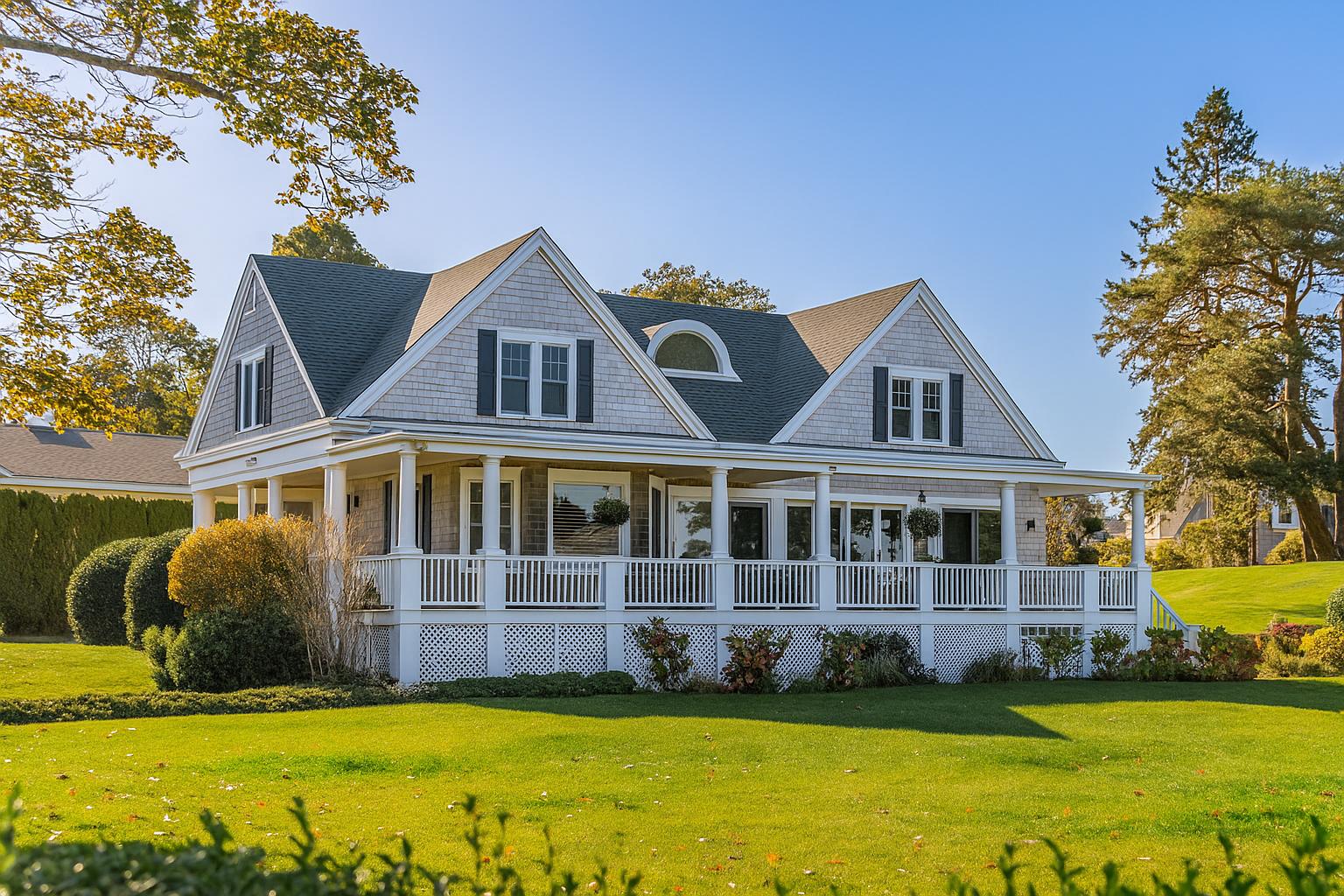
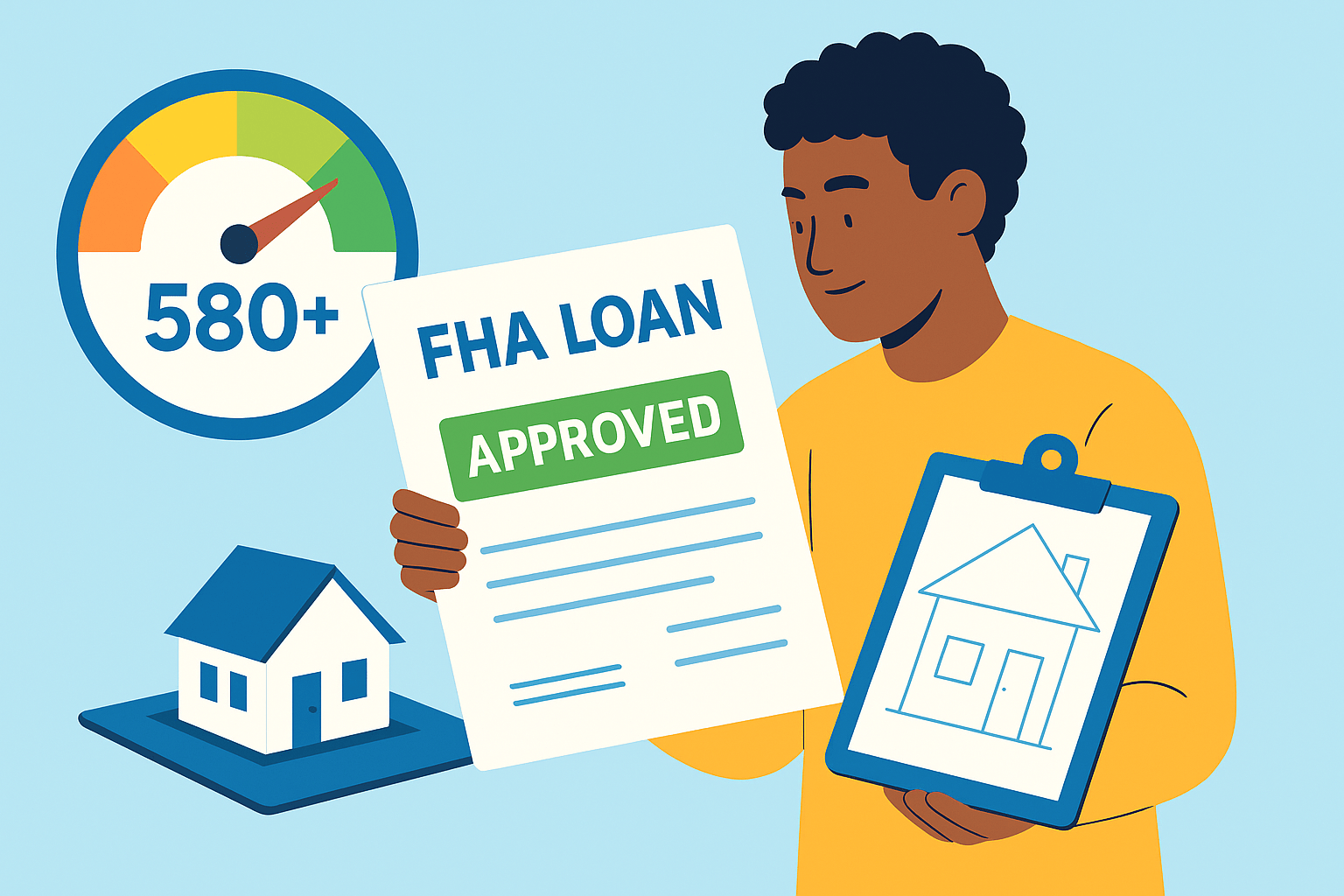
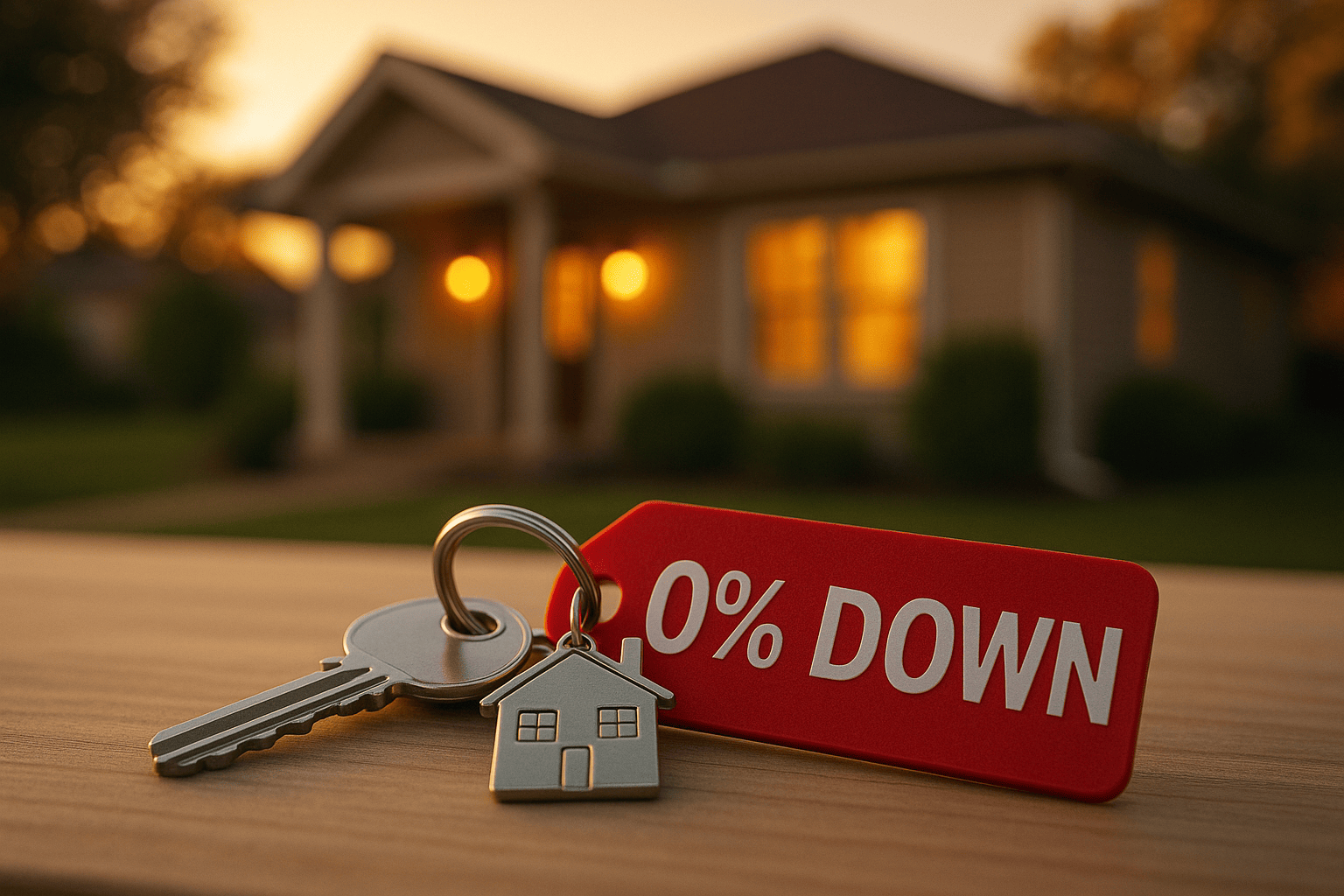
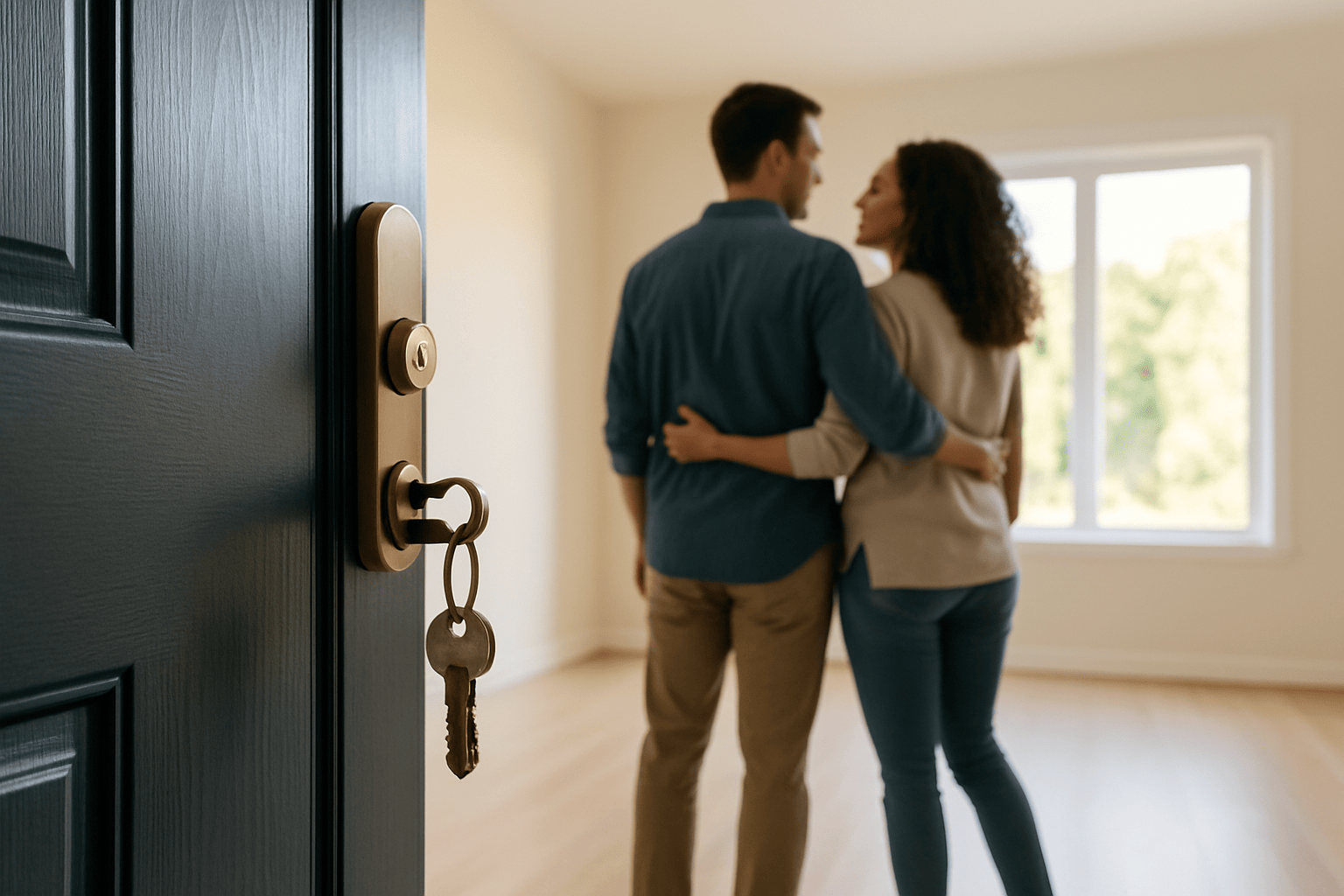
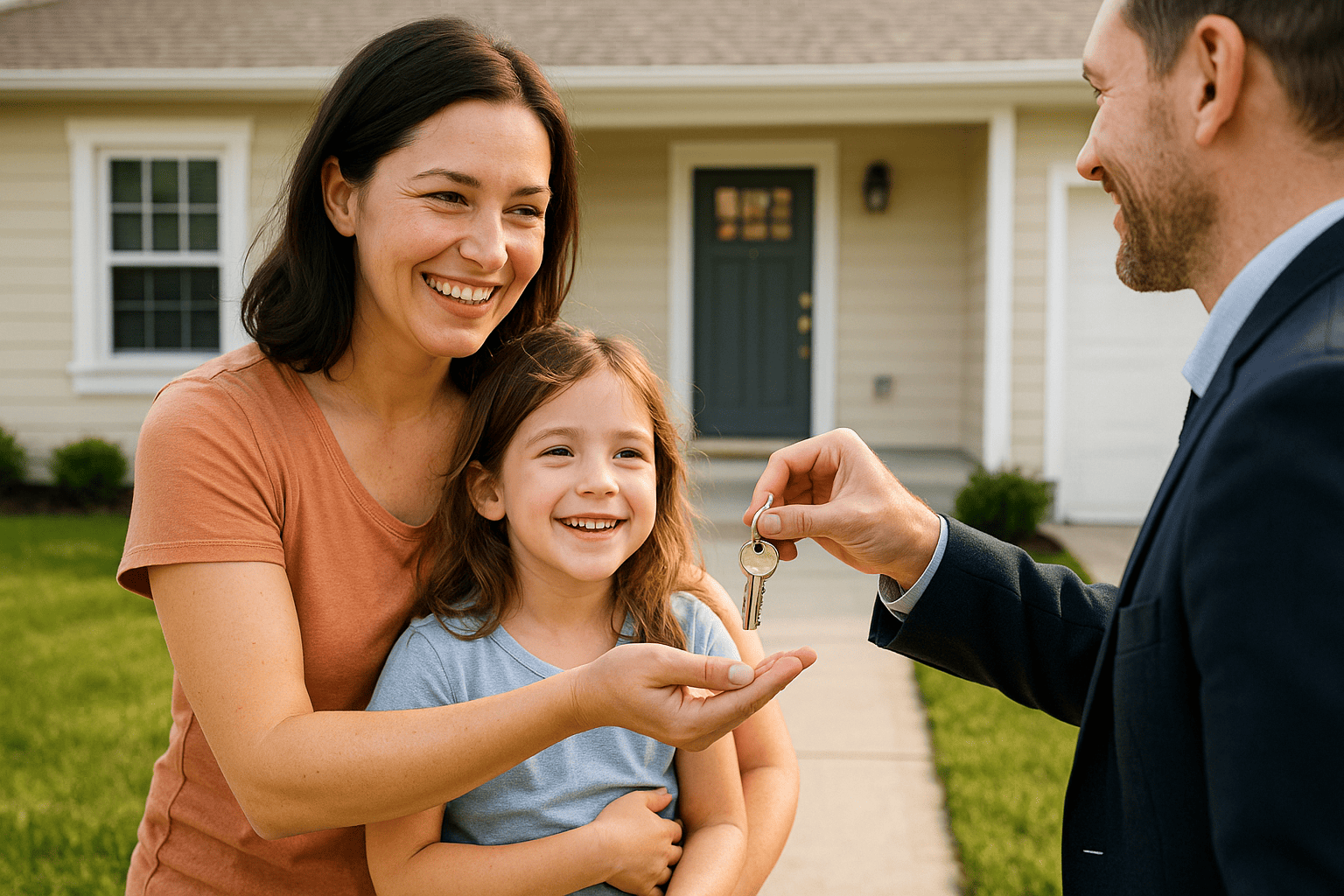


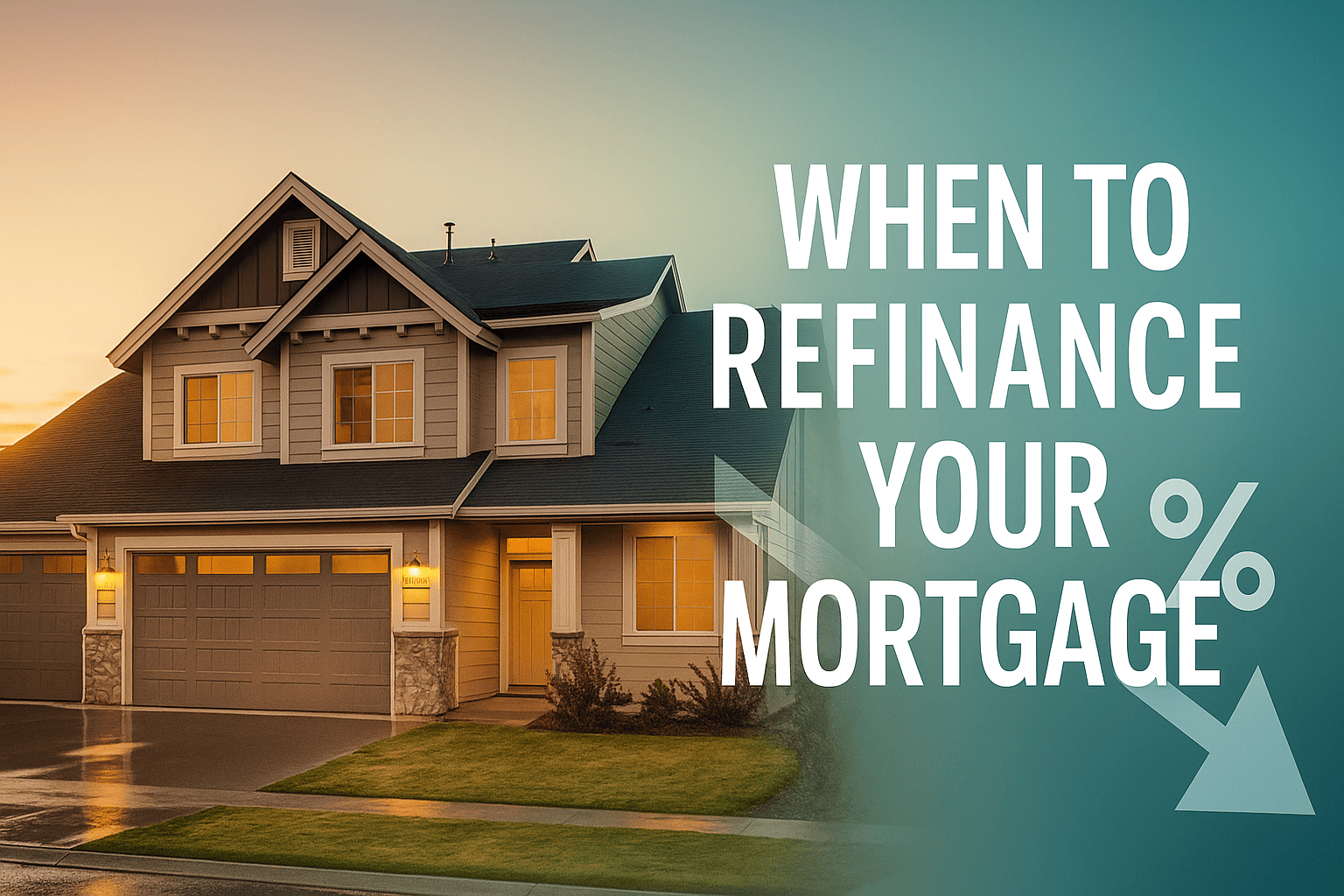
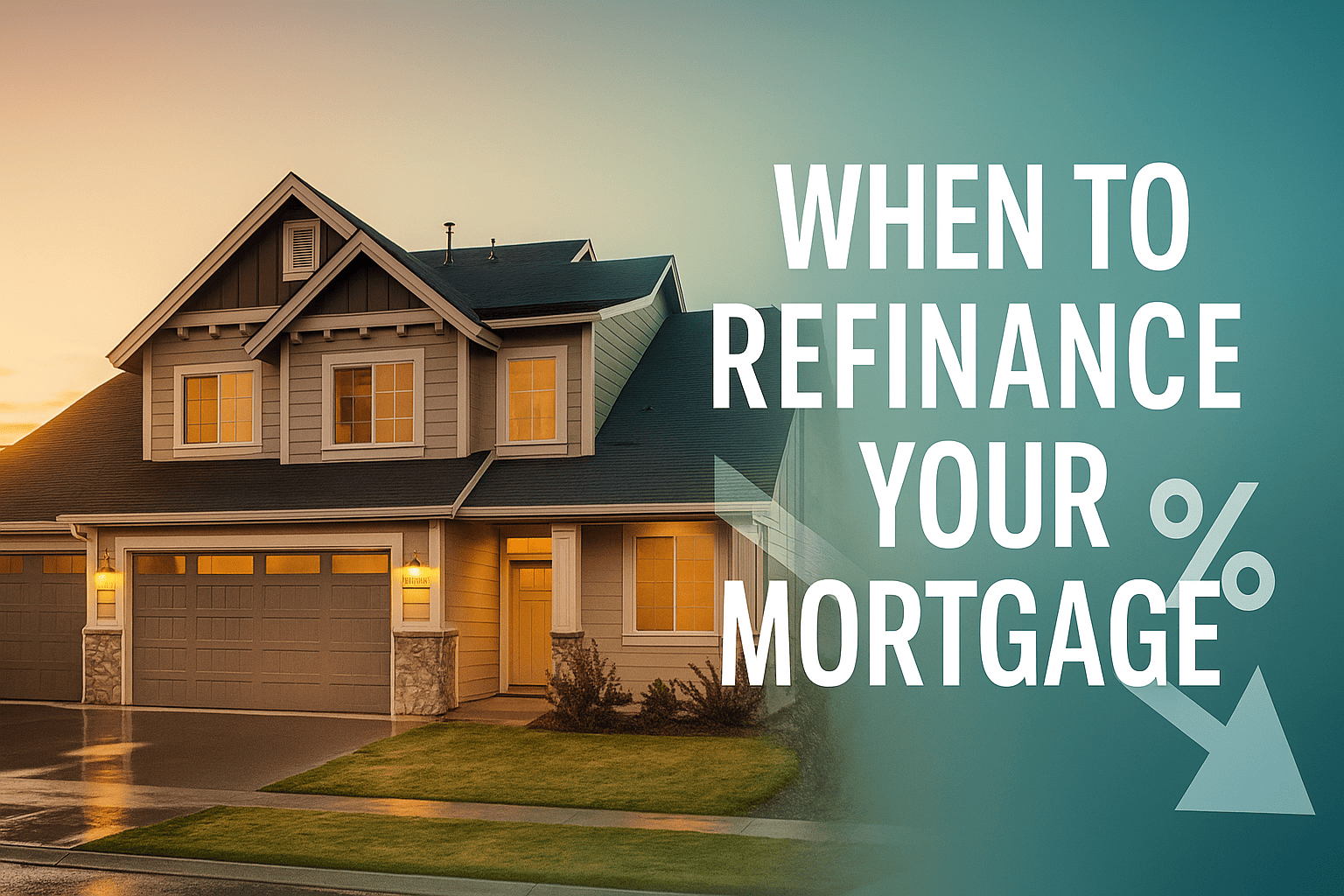


 Profile
Profile Password
Password Saved Properties
Saved Properties Sign Out
Sign Out
 +0.01
+0.01
 -0.15
-0.15

